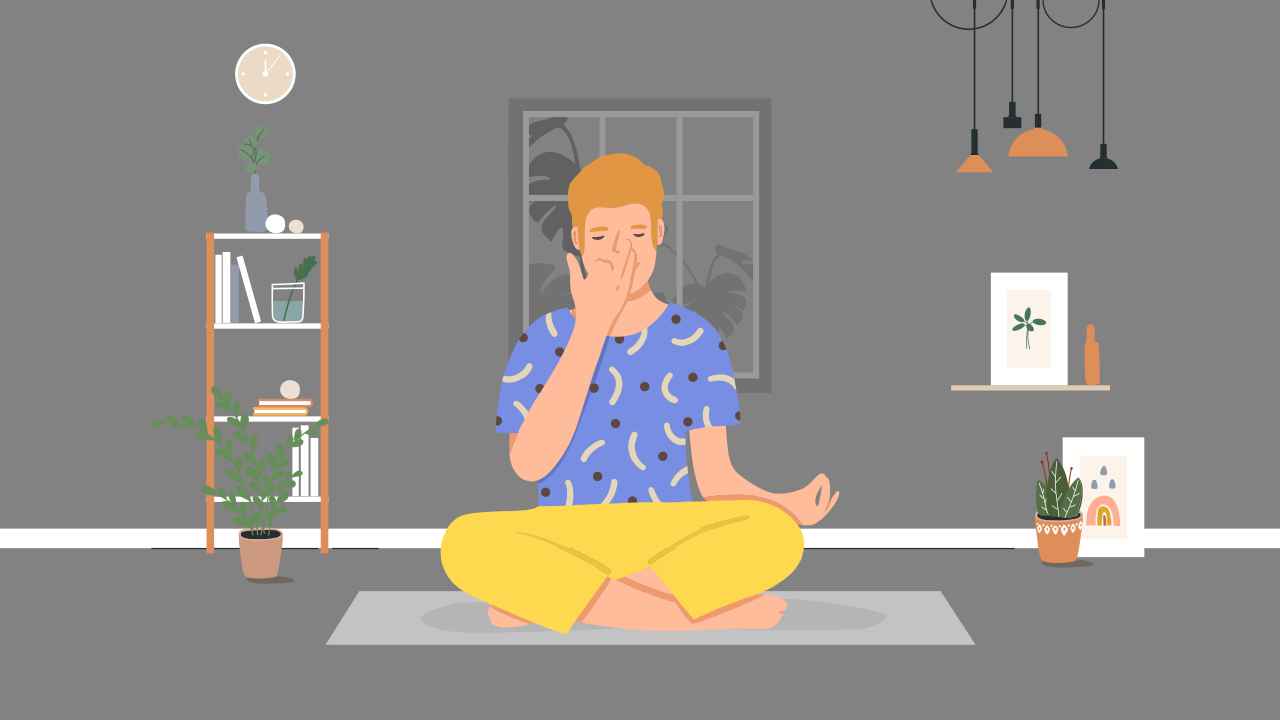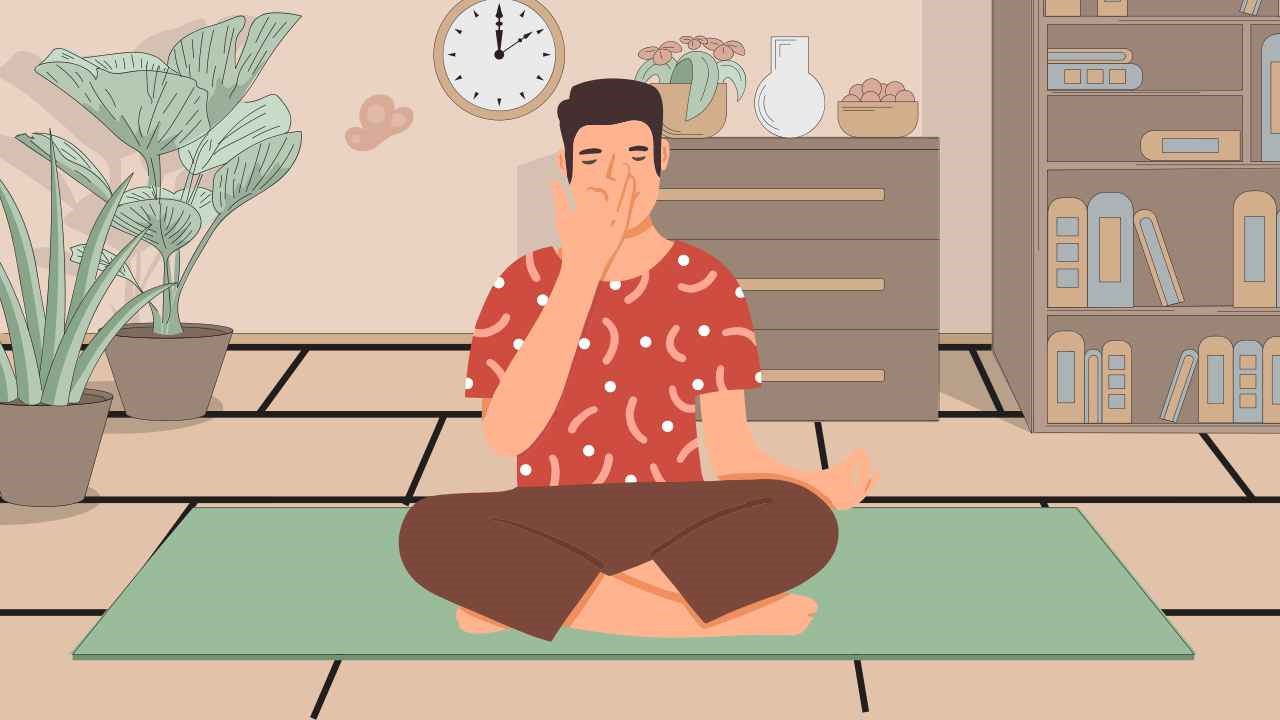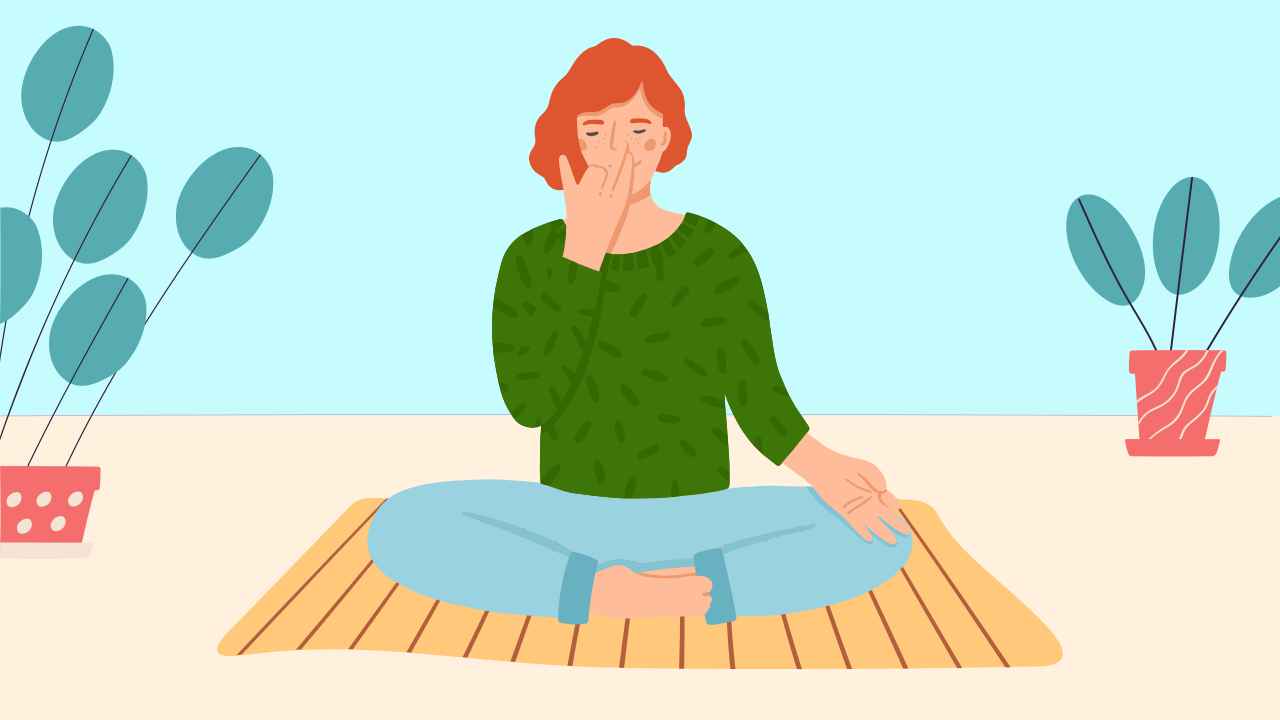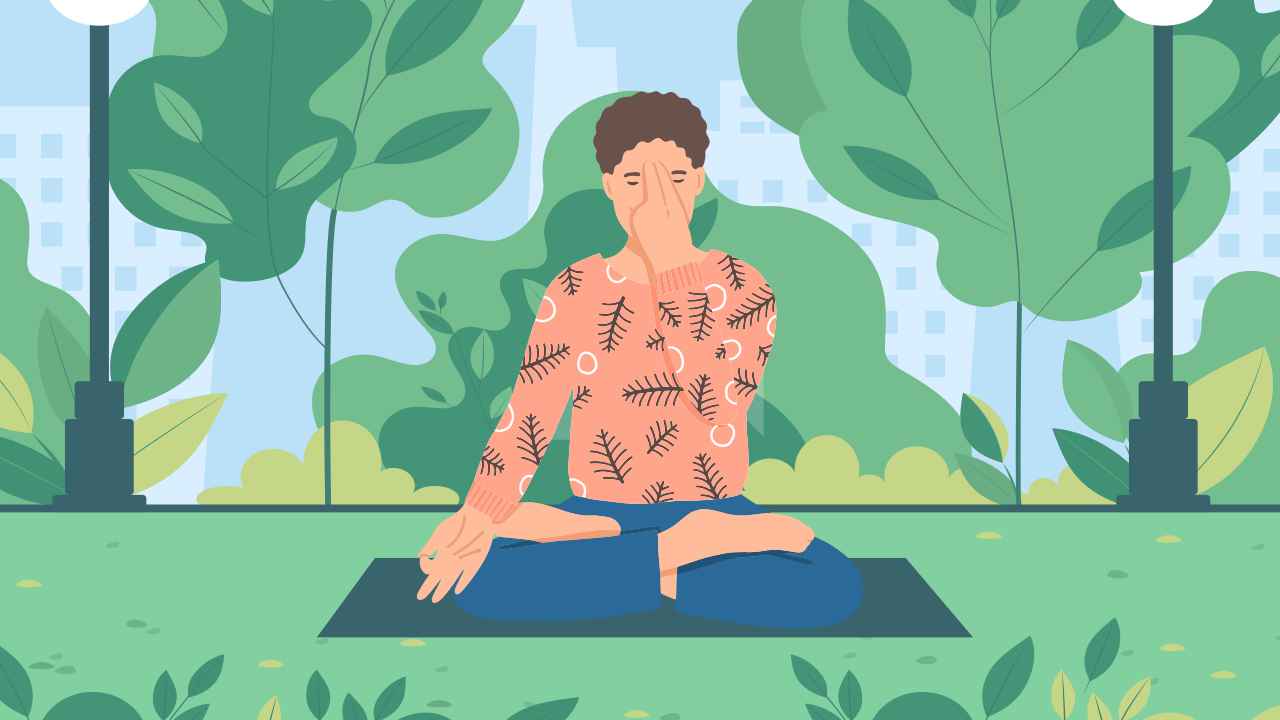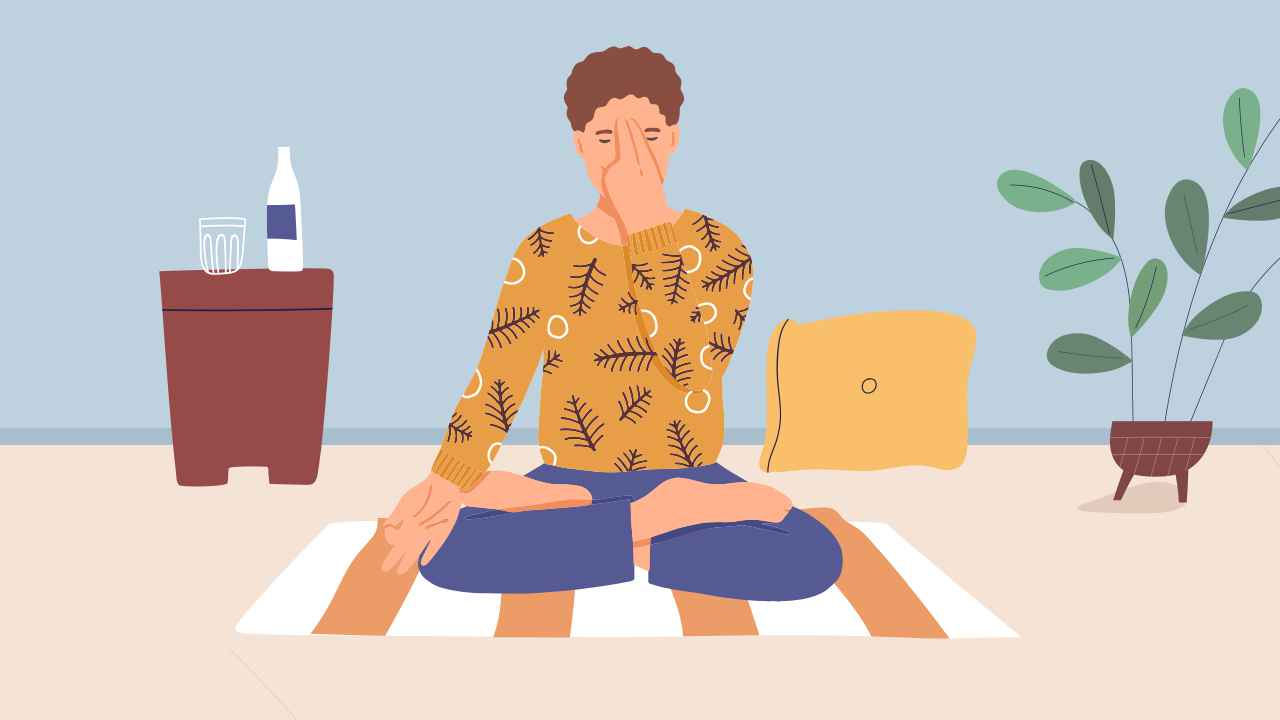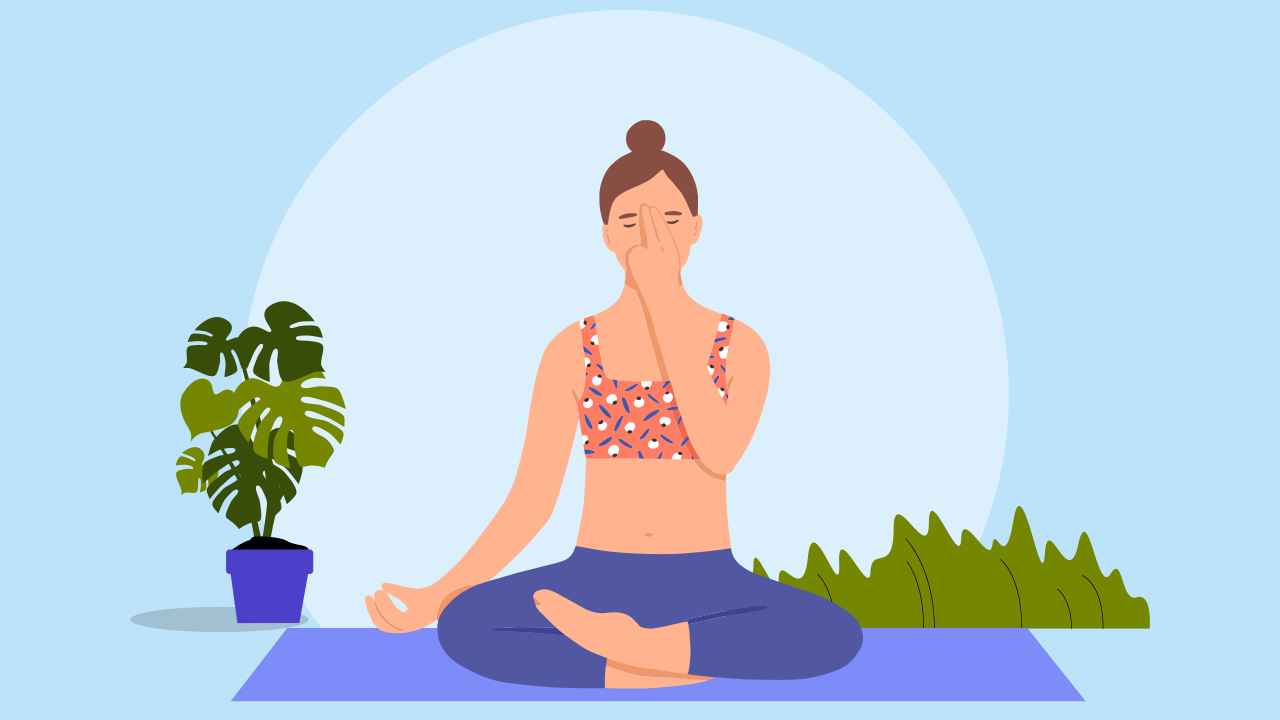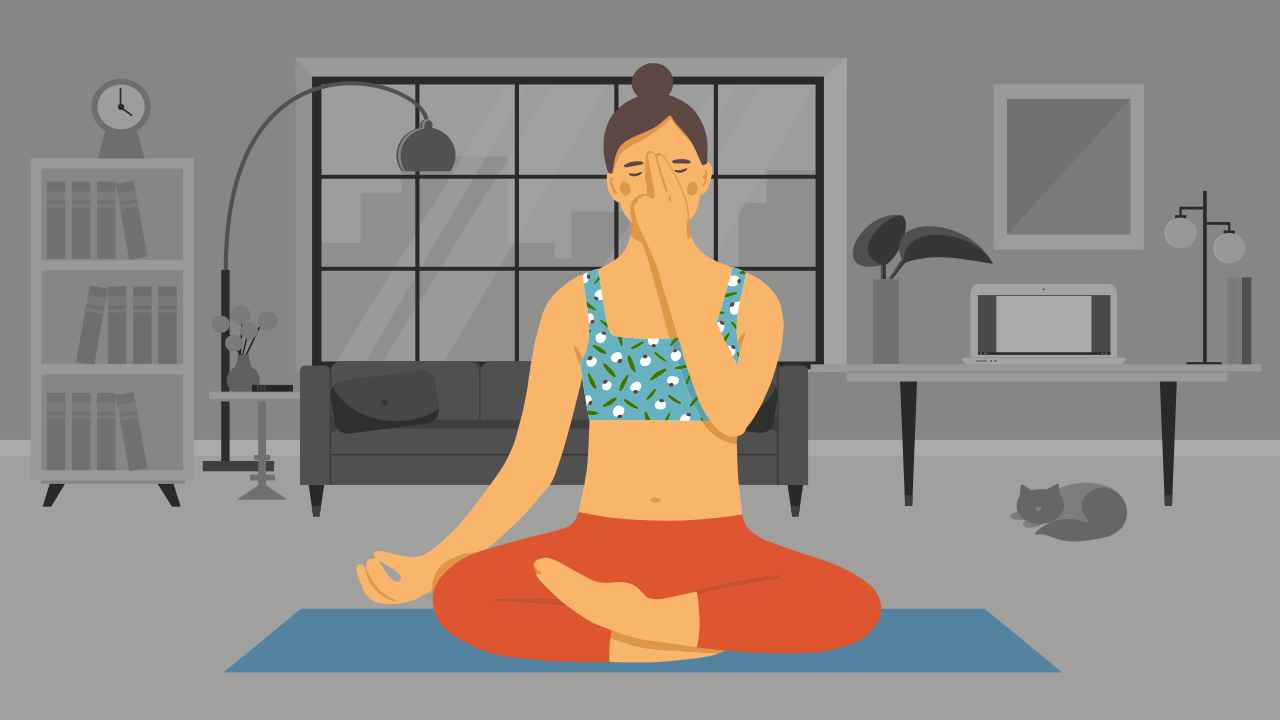
Basics of Yoga: Dos and Don’ts You Should Follow

Yoga is one of the most popular forms of workouts you can embrace if you want to elevate your physical and emotional well-being. If you are a beginner however, there are some important things to bear in mind, which will enable you to get the most out of yoga.
Here’s a checklist of basic thumb rules every yoga practitioner should adhere to.
1. It is said that you are what you eat, and it’s one of the central principles of yoga. The emphasis is more on nourishment than enjoyment. A dedicated practitioner should include fresh, nutritious, and easy-to-digest (sattvic) food.
2. Any practice of asanas should be done on an empty stomach. If not, you may take your meals three hours before your practice. If you have had a light snack (such as poha, idli, or salad), you may wait for a short duration before you begin your asana practice.
3. It is advisable to empty your bowels before your practice. Avoid having too much liquids right before your practice (small sips of water are permissible).
4. According to ancient yogic texts such as the Hathapradipika, the best time to practice asanas is sunrise and sunset. But don’t let this scare you off. Modern practitioners talk about following a routine — so, zero in on any time of the day, which is convenient for you, and stick to it.
5. An important aspect to consider is the place where you practice the asanas. Practicing at the same time at the same place can really help bring desired results and instill a sense of discipline. Also, zero in on a place that’s well ventilated. The room temperature should neither be cold nor hot.
6. Yoga requires you to focus on your body and mind. So, choose a spot where you won’t be disturbed during the duration of your practice.
7. If possible, try to use your personal mat for the practice. It’s recommended that you don’t share it with anyone.
8. Wear loose and comfortable clothes that give you enough room for all kinds of movement. It is best to remove or keep aside any piece of jewelry or accessory (eyeglasses, watch, etc.) that may restrict you while performing asanas.
Also read: What Should You Wear to a Yoga Class?
9. Although it is not a traditional practice, you may play soft, soothing music (preferably sounds of nature, chanting, or any other light music) in the background if it helps you condition yourself for the practice.
Also read: Should You Play Music During Yoga Practice?
10. Avoid fast or erratic movements. In yoga, you always transition from one pose to another. This transition happens in a smooth and fluid manner and prevents injuries. The smooth movement is also beneficial for older people suffering from bone disorders like osteoporosis.
11. It is crucial to know when your body needs rest. In case of any illness, do not feel guilty about taking time off. Remember, yoga talks about accepting situations and moving forward. Recover and come back stronger.
12. Last but not least — keep a constant tab on the needs of your body. Nothing good can come out of exhausting yourself. Modify your routine as required, relax when you feel the need.
Practice yoga with awareness and consciousness for the best results.


